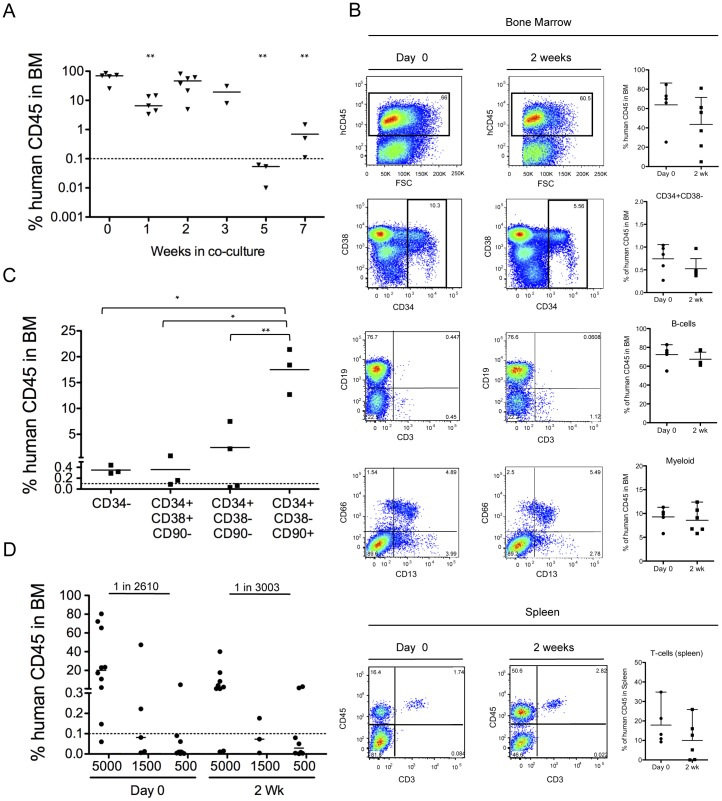Figure 2. The OP9M2 stromal cell line supports maintenance of engraftable HSC.
(A) Summary of total human reconstitution in the bone marrow of NSG mice 16 weeks post transplantation of all the progeny cells from 50,000 CD34+ input cells that were transplanted freshly (Day 0) or co-cultured for up to 7 weeks. Shown are all individual recipients and mean value. P value was calculated for each time-point in comparison to Day 0. (** p<0.01). (B) Representative FACS plot of bone marrow and spleen from NSG recipient mice showing long-term multilineage engraftment of 50,000 input CD34+ FL cells that were isolated freshly or co-cultured 2 weeks on OP9M2. (C) Comparison of engraftment capacity between purified CD34+CD38−CD90+, CD34+CD38−CD90-, CD34+CD38+CD90+ and CD34− cells 2 weeks after co-culture demonstrates that the engraftable HSC are maintained only in the CD34+CD38−CD90+ fraction. Each mouse was transplanted with the respective population derived from 50,000 input CD34+ human fetal liver cells in culture. Shown are all individual recipients and mean value from one experiment (** p<0.01, * p<0.05). (D) Limited dilution assays (n = 2) was performed to estimate NSG-RC frequency among fetal liver CD34+ cells that were transplanted freshly or after 2 week culture. Mice were transplanted with equal number of input CD34+ cells at different concentrations and analyzed 16 weeks post transplantation. No significant difference in NSG-RC number (Day 0∶1 in 2610, upper 4821, lower 1413 and 2 wk: 1 in 3003, upper 5953, lower 1515) (p = 0.77) was detected.

